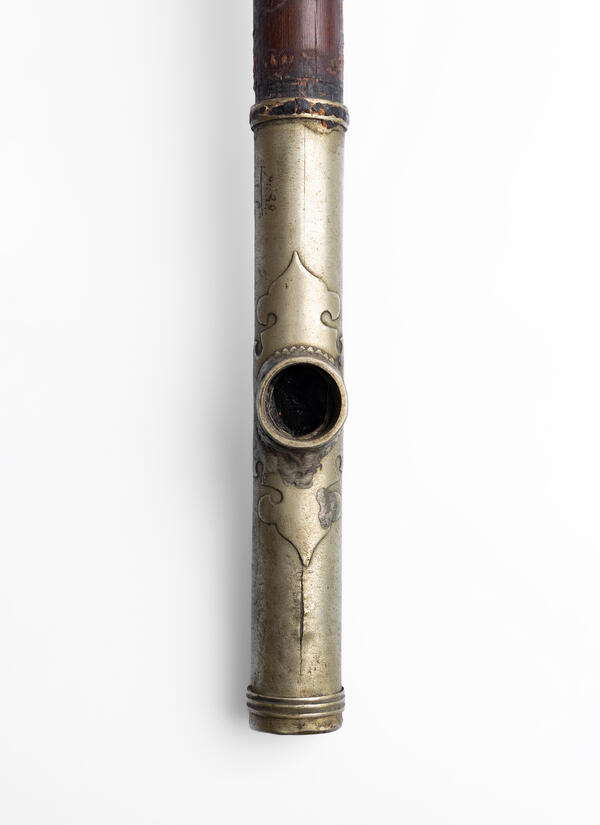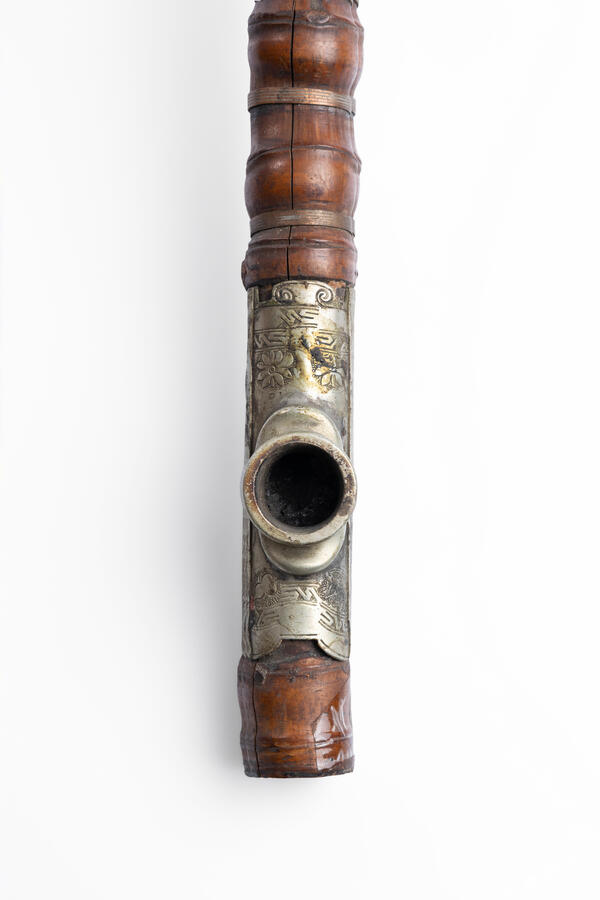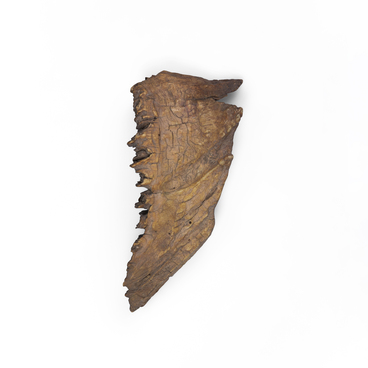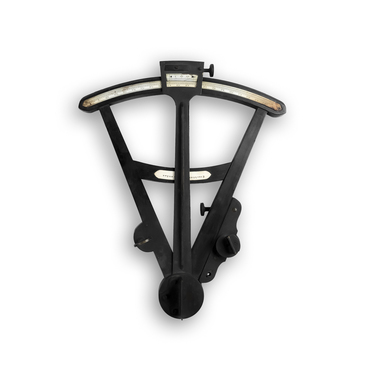The exhibition of the Vladimir Arseniev Museum of Far East History features a collection of Chinese smoking pipes of the late 19th century.
Opium smoking was a common hobby in the Victorian era. Experts in preparing chandu, a smoking concentrate of opium, were in great demand, and the opium pipes, lamps, bowls and other devices used during smoking could be real works of art. In the 20th century, the civilized world began to fight the addiction, and opium smoking items were ruthlessly destroyed.
The British facilitated the mass distribution of opium in China. When they traded tea with China, they preferred to pay for it not with silver, but with the drug that was very popular at the time. And while before that time opium smoking in China was a rare phenomenon and only very rich people could afford this kind of indulgence, the British swamped the Celestial market with opium to the point that virtually everyone began to smoke it. The Chinese government tried to ban the substance, which led to the Opium Wars of the mid-19th century. From China, opium began to spread around the world. Thus, the Chinese who arrived in Vladivostok also brought with them the habit of smoking opium. Opium smoking flourished in Millionka Chinese quarter in Vladivostok.
Opium pipes were made of different materials: sugar cane, bamboo or ivory. They were sometimes finished with a shagreen-like texture to make them feel nice to the touch. The cups for pipes were mostly earthenware or ceramic. Interestingly, the Chinese often used these cups as teapots as well. The Chinese and Vietnamese decorated opium lamps in exquisite fashion. In opium dens, the oil lamp was usually the only source of light. All the accessories necessary for smoking had a lot of little facets and angles to reflect the light of the lamp. This created the impression of something magical and unreal, in keeping with the general atmosphere of the establishment. In the early 20th century, the heyday of the anti-opium campaign, pipes, lamps and other opium paraphernalia were destroyed, and today such items are in great demand among collectors.
A number of items were handed
over to the museum after the local law enforcement bodies carried out an
operation in 1936 that put an end to the Vladivostok Millionka Chinese quarter.
Most of the Chinese inhabitants of the neighborhood left their homes, the drug
houses were closed, and the seized opium pipes ended up in the museum
collection.





